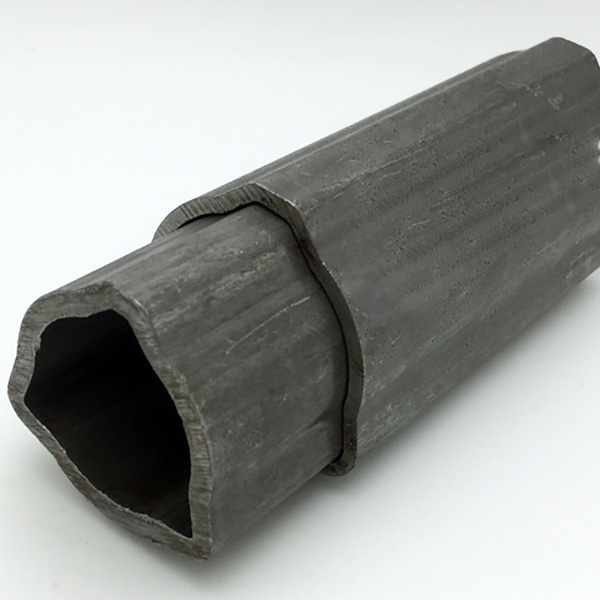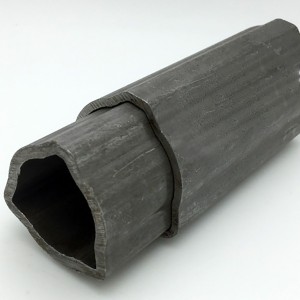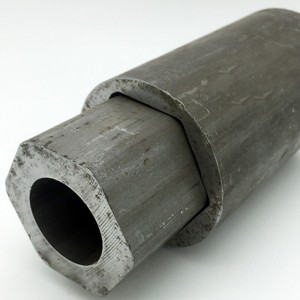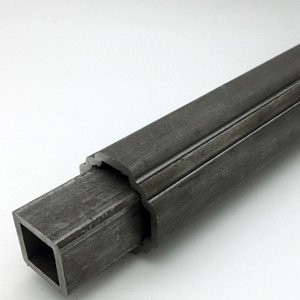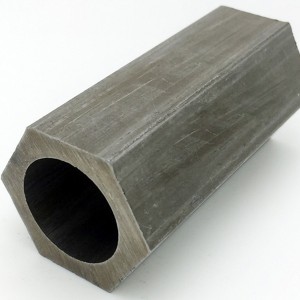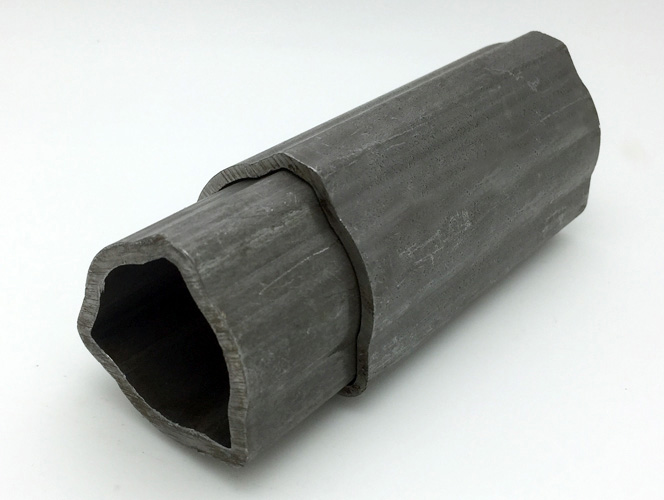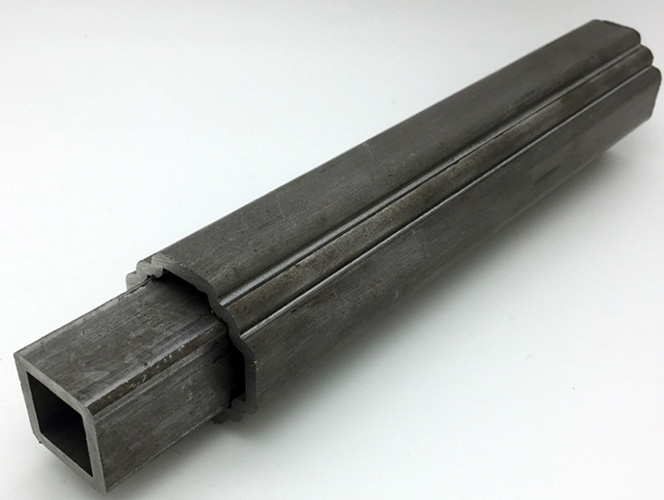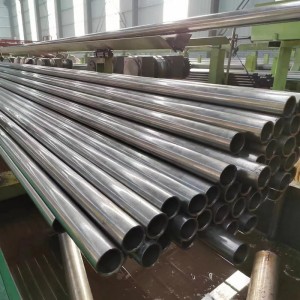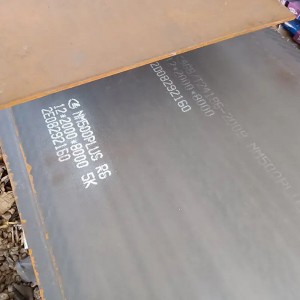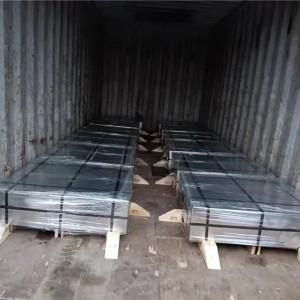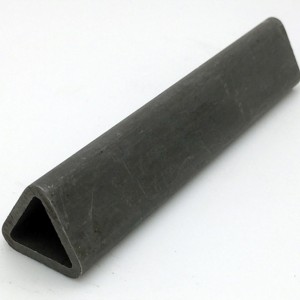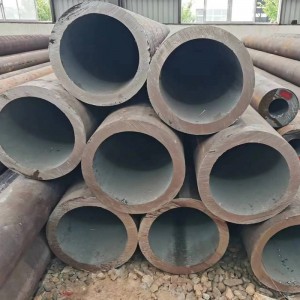1. Performance index analysis of special-shaped steel pipe - plasticity
Plasticity refers to the ability of metal materials to produce plastic deformation (permanent deformation) without damage under load.
2. Performance index analysis of special-shaped steel pipe - hardness
Hardness is a pointer to measure the hardness of metal materials. The most commonly used method for measuring hardness in production is the indentation hardness method, which is to use an indenter with a certain geometry to press into the surface of the tested metal material under a certain load, and determine its hardness value according to the degree of indentation.
Commonly used methods include Brinell hardness (HB), Rockwell hardness (HRA, HRB, HRC) and Vickers hardness (HV).
3. Performance index analysis of special-shaped steel pipe - fatigue
The strength, plasticity and hardness discussed above are all indicators of mechanical properties of metals under static load. In fact, many machine parts work under cyclic load, and under this condition, fatigue will occur.
4. Performance index analysis of special-shaped steel pipe - impact toughness
The load acting on the machine at a great speed is called impact load, and the ability of metal to resist damage under impact load is called impact toughness.
5. Performance index analysis of special-shaped steel pipe - strength
Strength refers to the resistance of metal materials to failure (excessive plastic deformation or fracture) under static load. Since the action modes of load include tension, compression, bending and shear, the strength is also divided into tensile strength, compressive strength, bending strength and shear strength. There is often a certain connection between various strengths. Generally, tensile strength is the most basic strength indicator in use.
